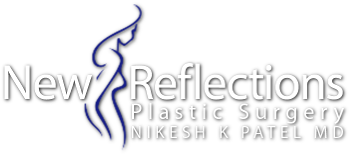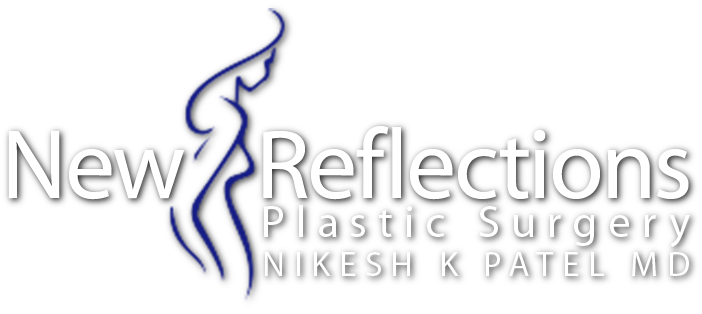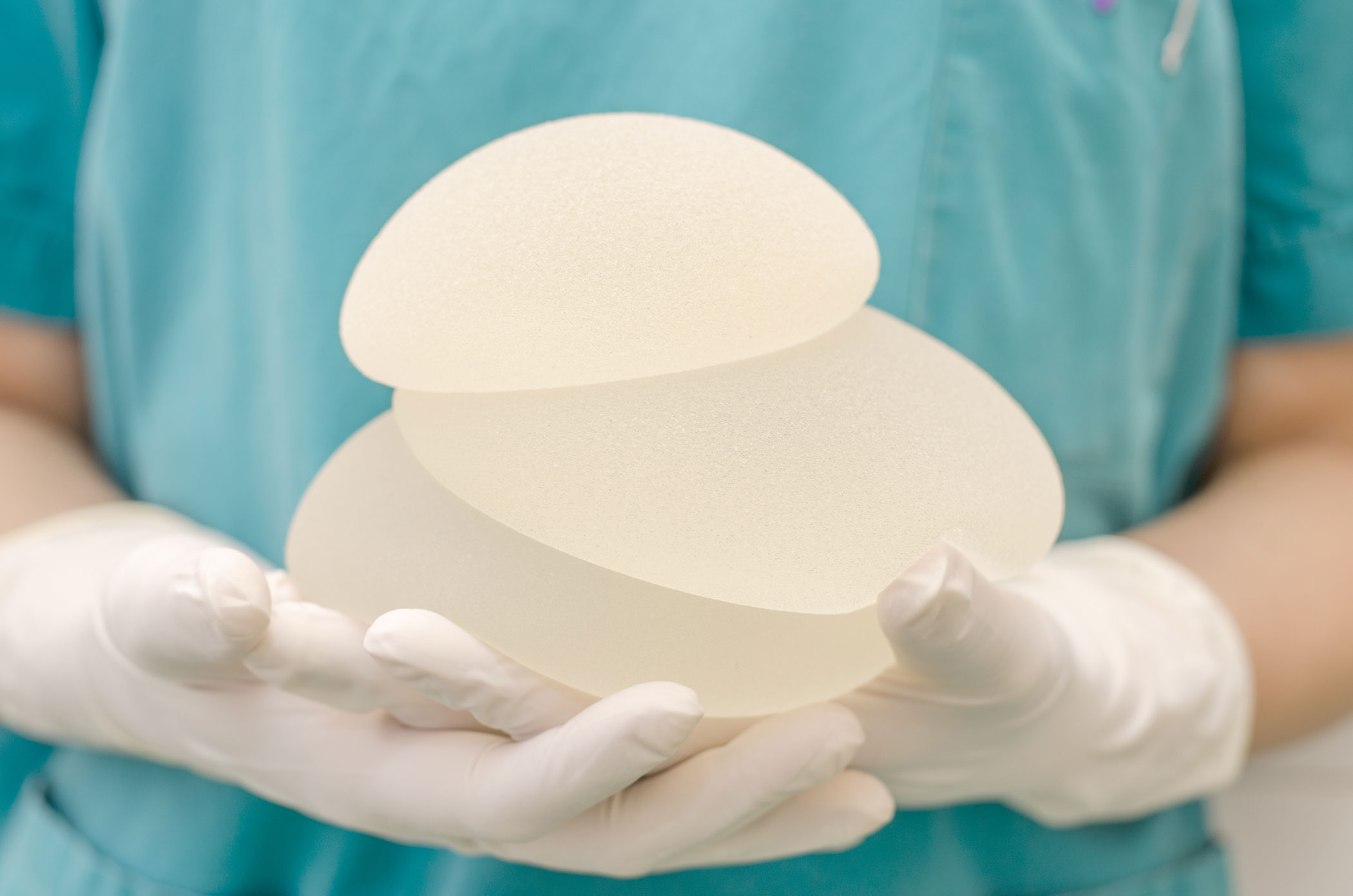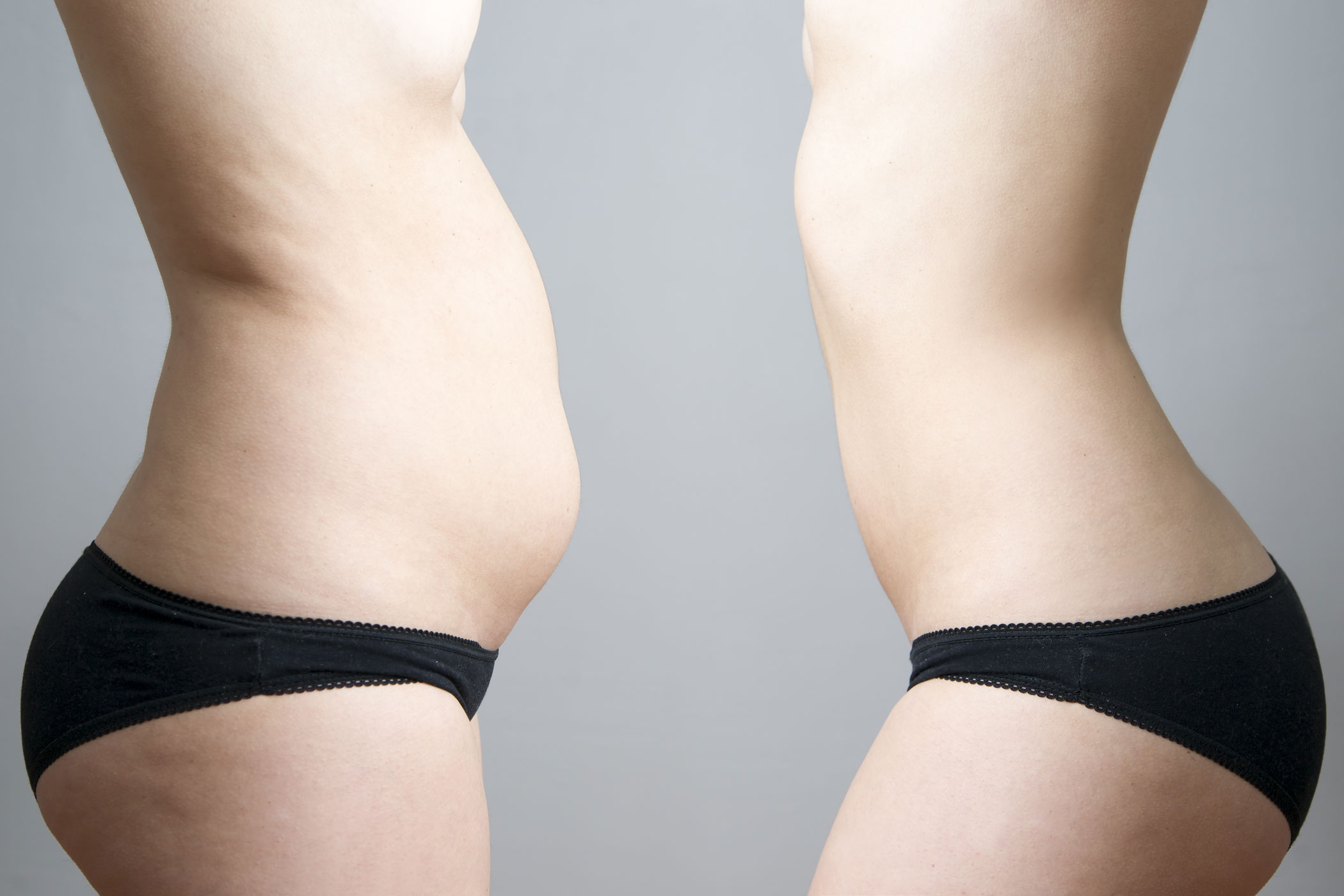Breast augmentation is a journey to self-improvement that can significantly enhance both appearance and confidence. At New Reflections Plastic Surgery in New Jersey, under the skilled hands of Dr. Nikesh Patel, this journey is tailored to meet each patient’s unique needs and aesthetic goals.
Understanding the array of options available in breast implants helps make an informed decision. This comprehensive guide details the various aspects of breast implants, covering types, sizes, shapes, positioning and more, to give you a clearer understanding of what to expect.
Silicone vs. Saline Breast Implants
When exploring options for breast implants, patients typically encounter two primary types: silicone and saline, each with its distinct characteristics and benefits. Saline implants, often likened to water balloons, consist of a silicone elastomer shell filled with saline or salt water. Their key advantage lies in their safety profile; in the event of a rupture, the body can easily absorb the saline, minimizing health risks.
On the other hand, silicone implants present a more complex structure. They also have a silicone shell, which encases a silicone gel, mimicking the consistency of pudding or a gummy bear. This unique composition ensures that the gel stays intact even if the shell happens to rupture. This design advancement has significantly bolstered the popularity of silicone implants, as they offer a feel and consistency that many find to be more natural. Furthermore, they have received FDA approval and are deemed safe for most patients, making them a widely chosen option for breast augmentation.
Size, Shape and Texture
Choosing the right implant is not just about size but also the shape and texture, all of which contribute to the final appearance.
Size
The size of the breast implant plays a pivotal role in the overall outcome of breast augmentation. The variety in implant sizes caters to a broad spectrum of aesthetic preferences, from those seeking a subtle enhancement to others desiring a more dramatic change. A detailed discussion about size options will occur during your consultation with Dr. Nikesh Patel. This conversation is not just about picking a size. Still, it involves careful consideration of your body frame, personal aesthetic goals and how different sizes will look and feel on your body. Dr. Patel’s expertise lies in helping you choose an implant size that achieves your desired look and harmonizes beautifully with your overall body proportions, ensuring an appealing and natural result.
Shape
Breast implants are not one-size-fits-all when it comes to their shape. They come in round, breast-shaped (anatomical), smooth, or textured forms. Each silhouette caters to different aesthetic outcomes and preferences. Round implants tend to provide a fuller appearance, like a balloon and are known for enhancing both breast volume and cleavage. Anatomical, or teardrop-shaped implants, on the other hand, mimic the natural slope of the breast and are often chosen for a more subtle and natural-looking enhancement. The decision on the shape of the implant is made based on several factors, including your natural anatomy, the amount of existing breast tissue, and the specific aesthetic you wish to achieve. Dr. Patel will guide you through the pros and cons of each shape, helping you make an informed decision that aligns with your body type and desired results.
Texture
The texture of a breast implant’s surface is an aspect that can influence the outcome and longevity of breast augmentation. Implants can have a smooth or textured surface, each offering distinct advantages. Textured implants are known for their ability to adhere to the tissue surrounding them, reducing the likelihood of implant movement after surgery. This characteristic can be particularly beneficial in maintaining the position of anatomically shaped implants. Additionally, textured implants have been associated with a decreased risk of complications such as capsular contracture, where scar tissue forms around the implant, causing it to harden.
Dr. Patel will discuss these options with you, considering factors such as your lifestyle, the desired outcome and the latest research and trends in breast augmentation to determine the most suitable type of implant texture for your specific needs.
Breast Augmentation Placement Options
The positioning of breast implants is a crucial decision in the breast augmentation process, significantly influencing the final appearance and feel of the breasts. Implants can be strategically placed either above the chest muscles (submammary) or beneath them (submuscular), each presenting its own advantages tailored to individual needs.
Submammary Placement
The submammary approach places the implant directly between the breast tissue and the chest muscle, which works well for women with sufficient natural breast tissue. The existing tissue helps adequately cover and support the implant, creating a pleasing aesthetic outcome. One of the advantages of submammary placement is that it can provide a more immediate and noticeable enhancement, especially for those seeking a significant increase in breast size. Additionally, since this method does not involve manipulation of the chest muscles, patients often experience a shorter recovery period and less post-operative discomfort.
Submuscular Placement
Alternatively, submuscular placement involves positioning the implant underneath the chest muscle. This technique is frequently recommended, particularly for patients with less natural breast tissue. The muscle provides an additional layer over the implant, contributing to a more natural look and feel. This placement can be advantageous in creating a more gradual slope of the breast, miming the natural breast contour. Furthermore, submuscular placement can be beneficial in minimizing the visibility of the implant through the skin and reducing the potential for implant rippling. It’s also thought to offer some advantages in imaging studies like mammograms.
During your consultation, Dr. Patel will evaluate your anatomy, discuss your aesthetic goals, and consider factors such as your lifestyle and future considerations (like mammography or potential breastfeeding) to determine your most appropriate implant placement. The choice between submammary and submuscular placement is made, considering the desired outcome, your body type, and the specific characteristics of the implants chosen. This personalized approach ensures the results align closely with your expectations, creating a harmonious and natural enhancement.
Incision Techniques
An equally important factor in breast augmentation surgery is the choice of incision. This decision dramatically influences not only the surgical process but also the final appearance of the augmentation. Each type of incision has unique advantages, and Dr. Nikesh Patel carefully selects the most suitable method based on the type of implant chosen and the specific anatomical characteristics of each patient.
Inframammary/Submammary Incision
The inframammary or submammary incision is located in the natural fold under the breast. This incision site is remarkably well-hidden and offers excellent access for precise placement of the implants. It’s favored for its discreteness, as the natural breast contour typically conceals the scar and is not visible, even in low-cut clothing. Additionally, this approach allows for more direct access to the breast tissue and chest muscles, facilitating accurate implant positioning.
Periareolar Incision
The periareolar incision is around the edge of the nipple-areola complex. This method is discreet, as the scar blends with the transition between the areola and the breast skin. While this incision provides reasonable access for implant placement, it’s important to consider that it may have implications for breastfeeding and can potentially affect nipple sensation. Dr. Patel will discuss these aspects to ensure you are fully informed about the potential outcomes of this incision choice.
Axillary Incision
For those who prefer no scars on their breasts, the axillary incision is an alternative. This incision is made in the armpit, preventing scarring from the breast area. While this approach offers the advantage of well-concealed scars, it may provide less direct control in implant placement compared to inframammary or periareolar incisions.
Umbilical Incision
A less common approach is the umbilical incision, made near the belly button. This technique is uncommon and typically used for saline implants filled after insertion. While it keeps scars away from the breasts, it’s not widely adopted due to the limitations in implant types and placement control.
Dr. Patel takes into consideration your personal preferences, body type, and specific nuances of your chosen implants to recommend the most appropriate incision type. This careful planning ensures optimal implant placement, minimal scarring, and a result that aligns with your aesthetic goals. During your consultation, these options will be thoroughly discussed, giving you a clear understanding of the benefits and considerations of each approach and helping you make an informed decision for your breast augmentation journey.
Take the First Step
Every journey to breast augmentation starts with a personal consultation. Dr. Nikesh Patel, a renowned New Jersey Plastic Surgeon, emphasizes a patient-centered approach. Whether you’re seeking enhancement of your appearance, a boost in confidence, or a return to your pre-pregnancy figure, Dr. Patel is committed to delivering stunning, natural results that meet or exceed your expectations.
Ready to start planning your journey? Call us at 732-354-3792 to schedule a consultation with Dr. Patel. Here, you can discuss your aspirations and concerns and get a personalized treatment plan tailored just for you. Embrace the opportunity to transform and enhance your beauty with confidence and care at New Reflections Plastic Surgery.
